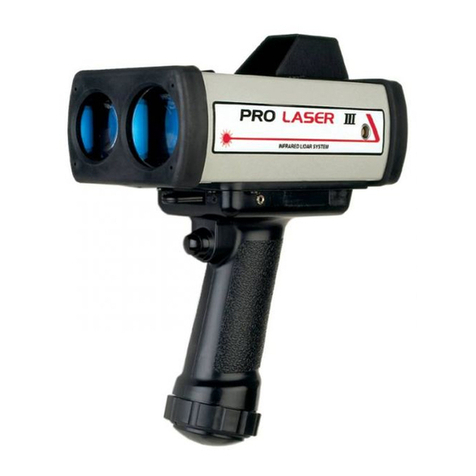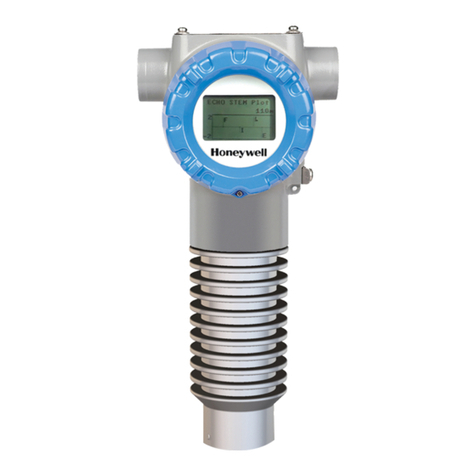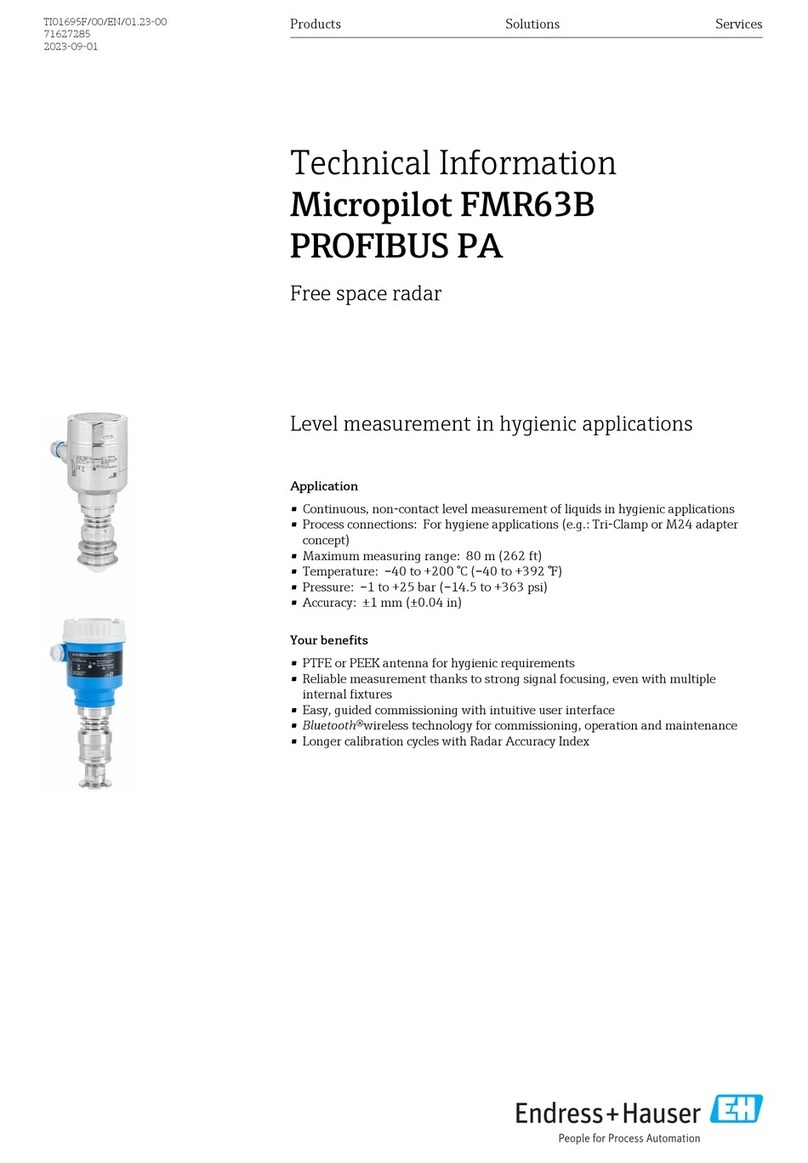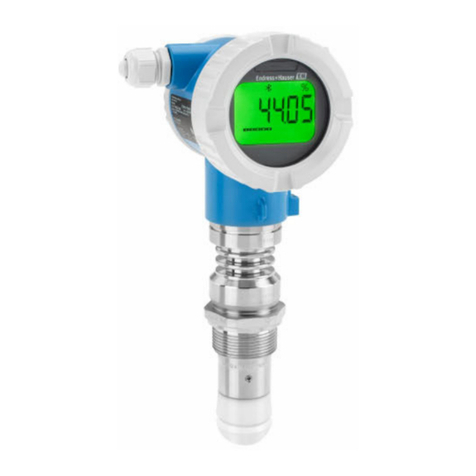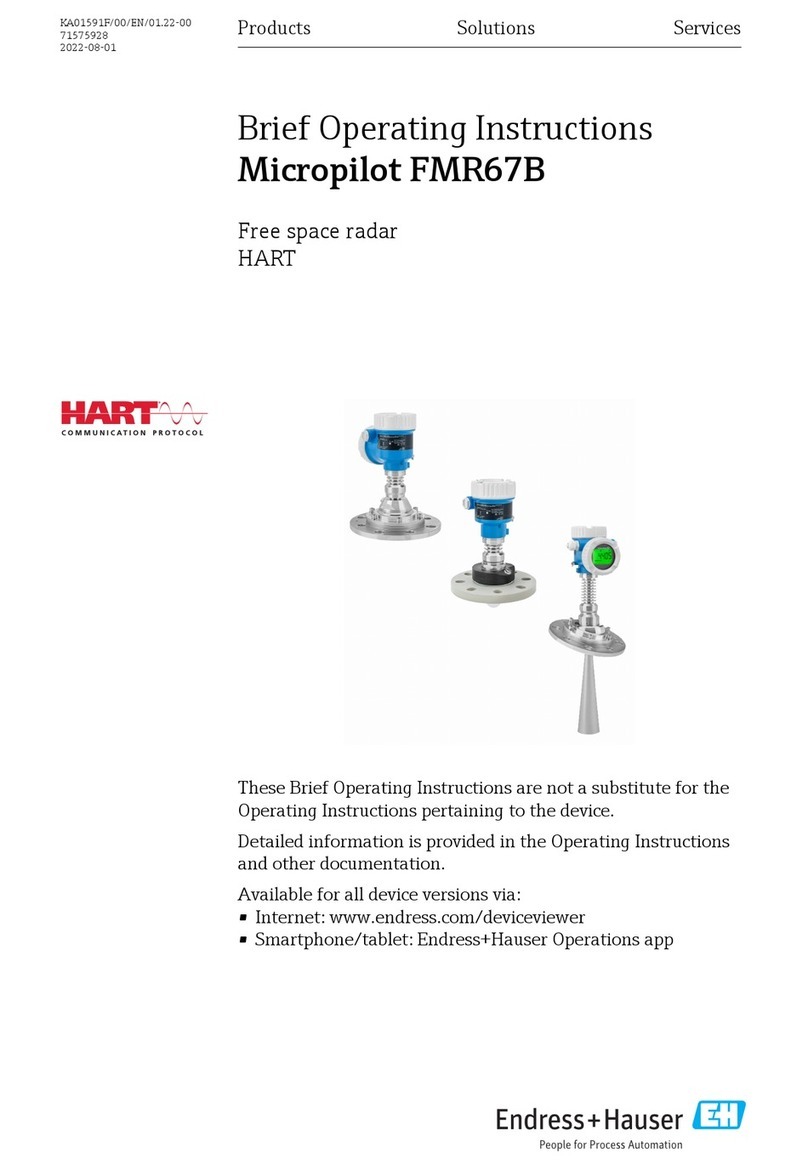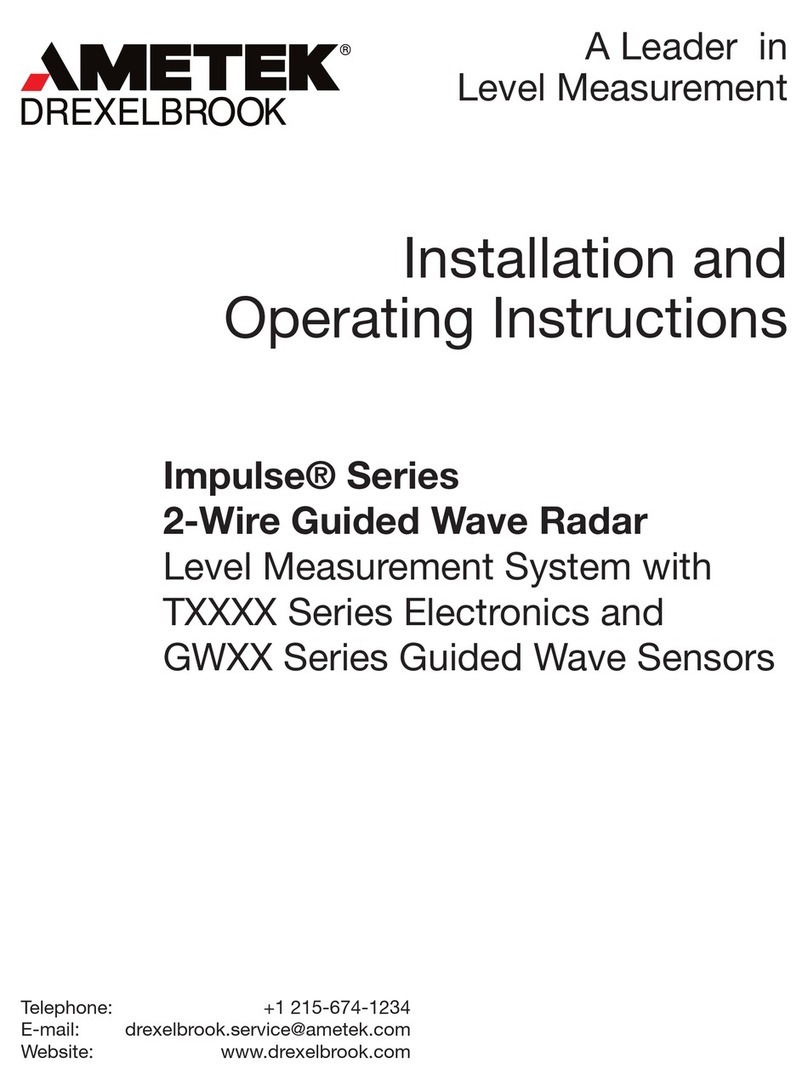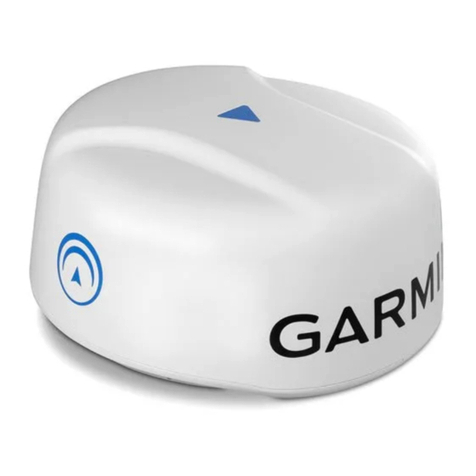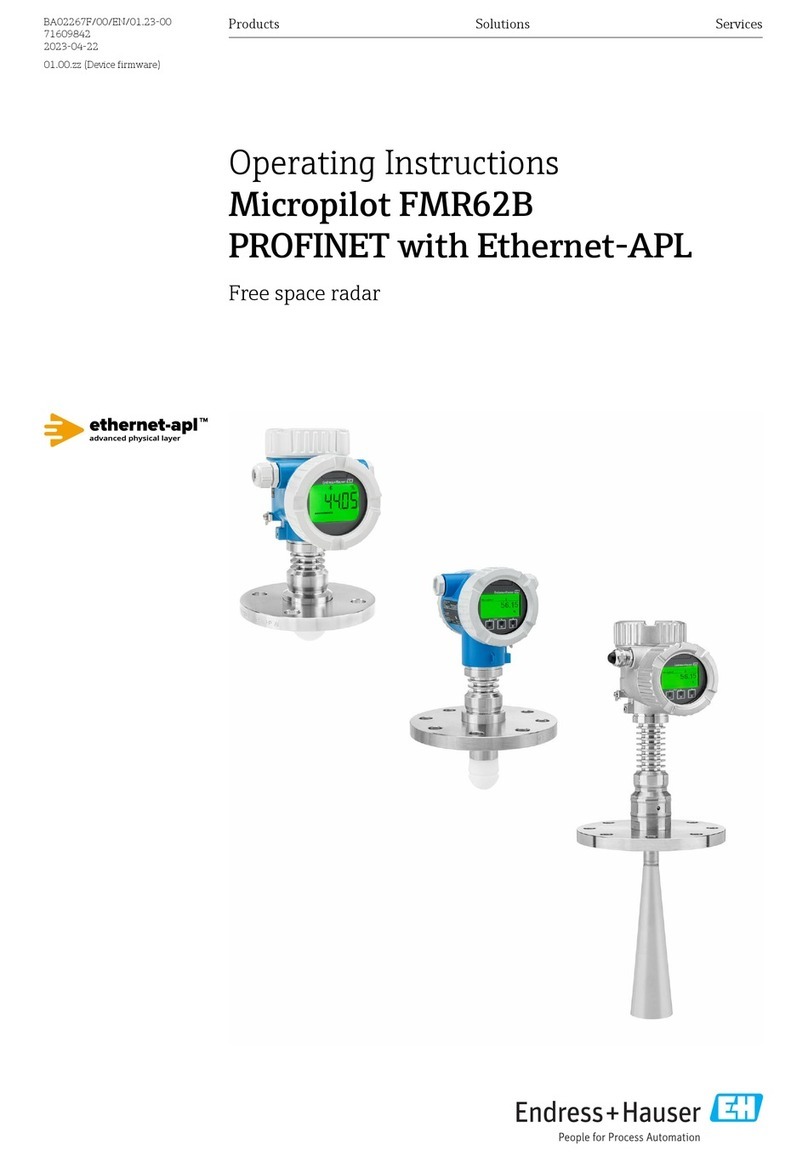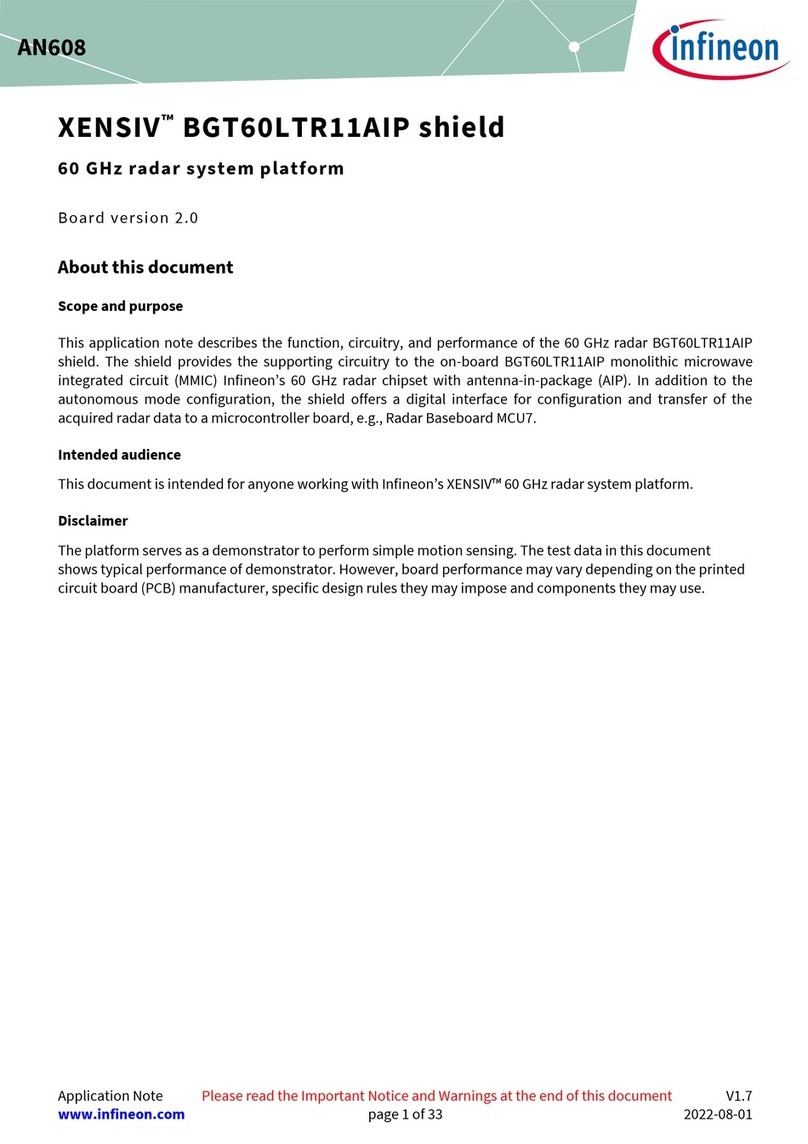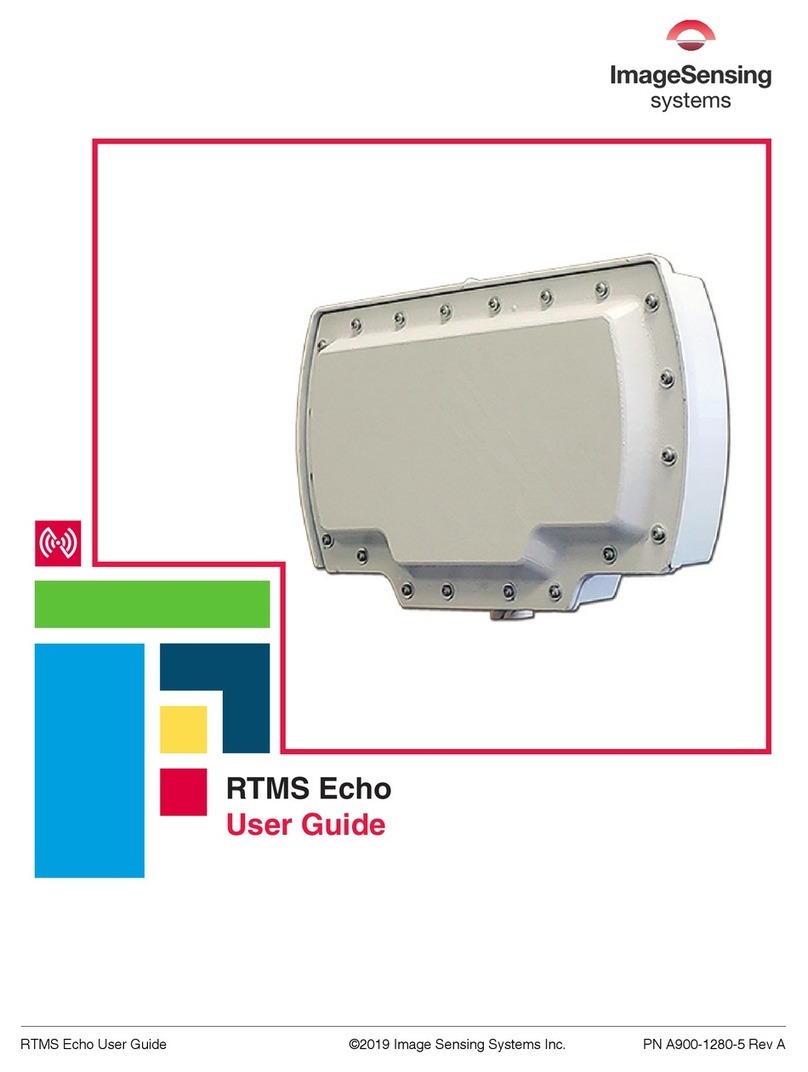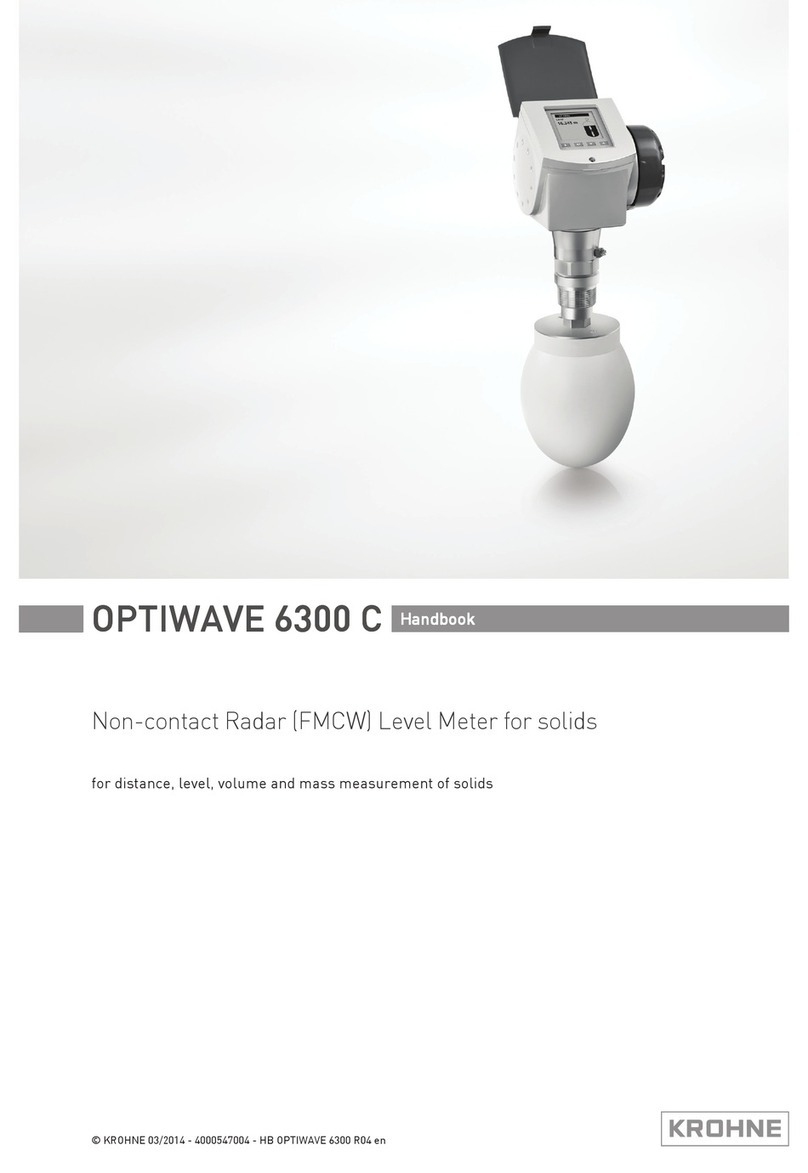1.2 Key features and system benefits
The BGT60LTR11AIP MMIC is a fully integrated microwave motion sensor including antenna elements,
configurable built-in detectors and a state machine allowing fully autonomous operation of the device. The
chip is designed to operate as a Doppler motion sensor. In the fully autonomous mode, the integrated
detectors deliver digital outputs indicating motion and direction of motion. An integrated frequency divider
with a Phase-Locked Loop (PLL) provides VCO frequency stabilization. The MMIC supports multiple operation
modes: autonomous, SPI mode and SPI mode with external clock. The different modes can be selected via QS1
pin (Section 3.9).
The BGT60LTR11AIP shield is optimized for fast prototyping designs and system integrations as well as initial
product feature evaluations. In addition, the sensor can be integrated into systems like laptops, tablets, TVs,
speakers etc. to ‘wake’ them up based on motion (or rather direction of motion) detection, put them to sleep or
auto-lock when no motion is detected for a defined amount of time. This way, it can be a smart power saving
feature for these devices and might also eliminate the need for key-word based activation of systems. Radar
sensors offer the possibility to hide them inside the end product since they operate through non-metallic
materials. Therefore, it enables a seamless integration of technology in our day-to-day lives.
Some key features of the BGT60LTR11AIP shield are as follows:
•Form factor of 20 mm x 6.25 mm for the BGT60LTR11AIP shield
•Features an AIP (Antenna-In-Package) MMIC of small size (6.7 mm x 3.3 mm x 0.56 mm), thereby
eliminating antenna design complexity at the user end
•Detects motion and direction of movement (approaching or retreating) for a human target
•Works standalone (autonomous mode) or also with SPI mode to interface with an external
microcontroller
•Configurable settings like operation mode, detector threshold, hold time, operating frequency
•Low power consumption
•Option to solder onto other PCBs such as Arduino MKR for extra flexibility



















